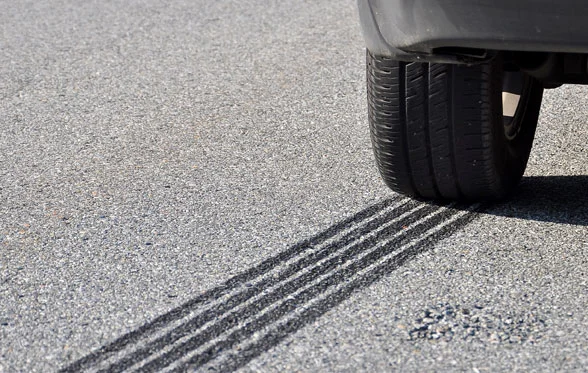Supplementing the Notice of Proposed Rulemaking (NPRM) for Part 572 - Anthropomorphic Test Devices (see InterRegs Spotlight Article - December 2013), the National Highway Traffic Safety Administration (NHTSA) has issued an NPRM that would amend FMVSS 213 – Child Restraint Systems (CRS) to include side impact requirements for child restraints using the proposed 3-year old child Q3s side impact test dummy.
The new proposal was announced by NHTSA Acting Administrator David Friedman at the 2014 SAE Government/Industry Meeting and was published on January 28, 2014 by NHTSA as a Notice of Proposed Rulemaking (NPRM) (Vol. 79, Number 4569; FR Docket No. NHTSA 2014-0012). This proposal would amend FMVSS No. 213 - Child Restraint Systems (CRS) to adopt side impact performance requirements for all child restraint systems designed to seat children in a weight range that includes weights up to 40 lb (18 kg). According to NHTSA, frontal and side crashes account for most child occupant fatalities. FMVSS 213 currently requires child restraints to meet a dynamic test simulating a 30 mph (48.3 km/h) frontal impact. This proposal would require an additional test in which applicable child restraints must protect the child occupant in a dynamic test simulating a full-scale vehicle-to-vehicle side impact. Adopting side impact protection requirements is consistent with a statutory provision set forth in the "Moving Ahead for Progress in the 21st Century Act (MAP-21)" (July 6, 2012) that the Agency issue a Final Rule to improve the protection of children seated in child restraint systems during side impacts.
This NPRM proposes that child restraints be tested with a newly-developed instrumented side impact test dummy representing a 3-year-old child, called the Q3s dummy, and with a well-established 12-month-old child test dummy (the Child Restraint Air Bag Interaction [CRABI] dummy). NHTSA is issuing this NPRM to ensure that child restraints provide a minimum level of protection in side impacts by effectively restraining the child, preventing harmful head contact with an intruding vehicle door or child restraint structure, and by attenuating crash forces to the child's head and chest. The NPRM includes a side impact test that simulates the two-vehicle side crash replicated by the FMVSS 214 moving deformable barrier (MDB) test of a small passenger car.
The proposal requires specific performance criteria in a dynamic sled test that simulates the MDB test (striking vehicle traveling at 30 mph [48.3 km/h] impacting the struck vehicle traveling at 15 mph [24 km/h]). The proposed sled test is the first of its kind in the world for testing child restraints in a sled system that simulates the vehicle acceleration and intruding door of a small passenger car in a side impact (a vehicle-to-vehicle intersection crash). NHTSA estimates that a Final Rule resulting from this proposal would reduce 5.2 fatalities and 64 non-fatal injuries annually.
Injury criteria expressed in terms of injury assessment reference value (IARV) for head injury criteria (HIC 15 =570) and chest displacement (23mm) are proposed for the Q3s dummy. These criteria allow a quantitative evaluation of the effectiveness of the CRS, and the ability of the CRS to prevent or attenuate head and chest impact with the intruding door. The CRABI would be used to measure the containment capability - the ability to prevent the ATD's head from contacting the intruding door with a head-to-door contact being a pass/fail criteria of CRSs recommended for children weighing more than 11 lb (5 kg) and up to 22 lb (10 kg). In addition, CRSs would be required to meet structural integrity and other requirements.
Harnesses used on certain school buses and special needs buses as well as car beds are being excluded from the proposed side impact requirements.
Some areas where NHTSA specifically request comments include:
- The need for specifying a relative door velocity profile to improve reproducibility
- If a child restraint system should be required to meet proposed side impact requirements when it is attached to the side impact seat assembly (SISA) with a belt system and whether the system should be a lap system or lap & shoulder system
- Revision to booster seat labels to indicate recommended use to start at 40 lbs
- Merits of amending FMVSS 213 to improve protection of children weighing over 40 lb (18 kg)
- Whether belt-positioning (booster) seats recommended for older children have design limitations that might impede their ability to meet the proposed requirements
The proposed effective date for this NPRM is three years after publication of the Final Rule in the Federal Register. Optional early compliance is permitted.
Comments on this NPRM must be received by NHTSA by April 28, 2014.
